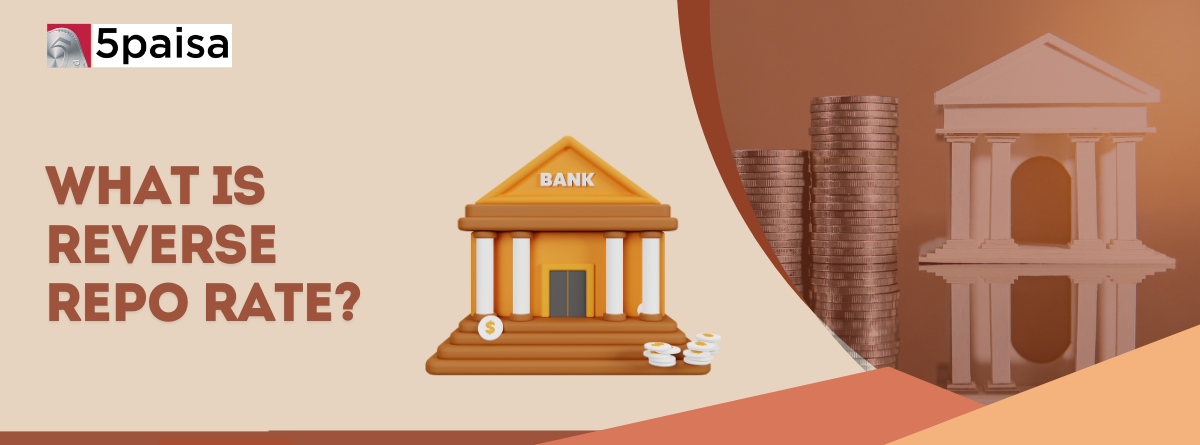Content
- What is Reverse Repo Rate?
- How Does Repo Rate Work?
- What are the Components of a Repo Transaction?
- Reverse Repo Rate and Money Flow
- Impact of Reverse Repo Rate on the Economy
- Difference between Reverse repo rate and Repo rate
- Conclusion
The world of finance can sometimes feel like a labyrinth of terms, and one term that often pops up in monetary policy discussions is the Reverse Repo Rate. Sounds a bit intimidating at first, doesn’t it? But it’s simpler than it seems. Whether you're a seasoned investor or just trying to understand how the economy works, knowing the meaning of the reverse repo rate is essential to grasp how money flows in and out of the financial system.
So, what is the reverse repo rate, and why does it matter? Let’s break it down in everyday language, keeping things simple and relatable.
More Articles to Explore
- Difference between NSDL and CDSL
- Lowest brokerage charges in India for online trading
- How to find your demat account number using PAN card
- What are bonus shares and how do they work?
- How to transfer shares from one demat account to another?
- What is BO ID?
- Open demat account without a PAN card - a complete guide
- What are DP charges?
- What is DP ID in a demat account
- How to transfer money from demat account to bank account
Disclaimer: Investment in securities market are subject to market risks, read all the related documents carefully before investing. For detailed disclaimer please Click here.
Frequently Asked Questions
The reverse repo rate is the interest rate at which the Reserve Bank of India borrows money from commercial banks.
It helps control liquidity in the market. A higher reverse repo rate reduces money flow, while a lower rate encourages spending and investment.
The repo rate is when RBI lends money to banks, while the reverse repo rate is when RBI borrows from banks.
Yes, it indirectly affects stock markets, loan interest rates, and overall economic activity.
To control inflation by reducing excess liquidity in the market.
Yes, a higher reverse repo rate often leads banks to offer better fixed deposit rates.
The RBI reviews and updates it during monetary policy meetings, typically held bi-monthly.
Yes, they are considered risk-free as they involve the central bank and government securities.
No, reverse repo transactions are conducted between the RBI and commercial banks.
It affects loan rates, savings returns, and even stock market performance, impacting your financial decisions.



